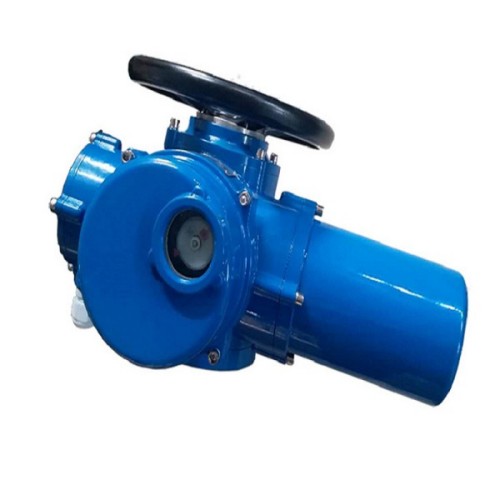pressure reducing valve
Understanding Pressure Reducing Valves A Comprehensive Overview
Pressure reducing valves (PRVs) are critical components in various fluid control systems, playing an essential role in managing the pressure of liquids and gases. These valves are designed to reduce the input pressure to a desired output level, ensuring safe and efficient operation in diverse applications.
The primary function of a pressure reducing valve is to maintain a constant downstream pressure regardless of fluctuations in upstream pressure. This is particularly important in systems where precise pressure control is necessary, such as in water supply networks, heating systems, and industrial processes. By automatically adjusting the valve opening based on the pressure on either side, PRVs prevent overpressure conditions that could lead to system failures, leaks, or even catastrophic accidents.
One of the key features of pressure reducing valves is their ability to respond dynamically to changes in pressure. When the upstream pressure exceeds the preset level, the PRV modulates to reduce the flow, effectively maintaining the desired output pressure. Conversely, if the downstream pressure drops, the valve will open wider to allow more fluid to pass through, compensating for the drop. This self-regulating ability makes PRVs indispensable in maintaining optimal operating conditions in various applications.
pressure reducing valve

Pressure reducing valves come in various designs and configurations, catering to the specific needs of different systems. These can range from simple mechanical designs to more advanced electronic or pneumatic control systems that offer enhanced precision and responsiveness. When selecting a PRV, factors such as the type of fluid, temperature, pressure range, and flow rate must be considered to ensure compatibility and efficiency.
Installation and maintenance of pressure reducing valves are equally important. Proper installation according to manufacturer guidelines ensures that the valve functions optimally, while regular maintenance checks can prevent malfunctions and extend the lifespan of the equipment. Common maintenance tasks include inspecting for leaks, checking the calibration, and cleaning the valve to remove any debris that may affect performance.
In conclusion, pressure reducing valves are vital for ensuring safe and efficient pressure control in fluid systems. Their ability to consistently regulate pressure protects infrastructure and enhances the performance of various applications, from residential plumbing to complex industrial processes. Proper understanding, selection, and maintenance of these valves contribute significantly to the reliability and longevity of any fluid control system, making them an invaluable asset in engineering and operational practices.
-
The Key to Fluid Control: Exploring the Advantages of Ball Valves in Industrial SystemsNewsJul.09,2025
-
The Versatile World of 1, 2, and 3 Piece Ball ValvesNewsJul.09,2025
-
Stainless Steel Ball Valves: The Ideal Choice for Efficient Flow ControlNewsJul.09,2025
-
Optimizing Fluid Control with Ball Float ValvesNewsJul.09,2025
-
Manual Gate Valves: Essential for Control and EfficiencyNewsJul.09,2025
-
Everything You Need to Know About Butterfly ValvesNewsJul.09,2025
-
The Versatility of Wafer Type Butterfly ValvesNewsJul.08,2025




